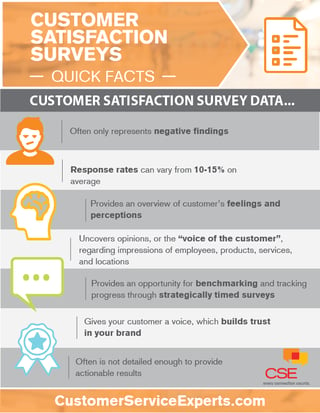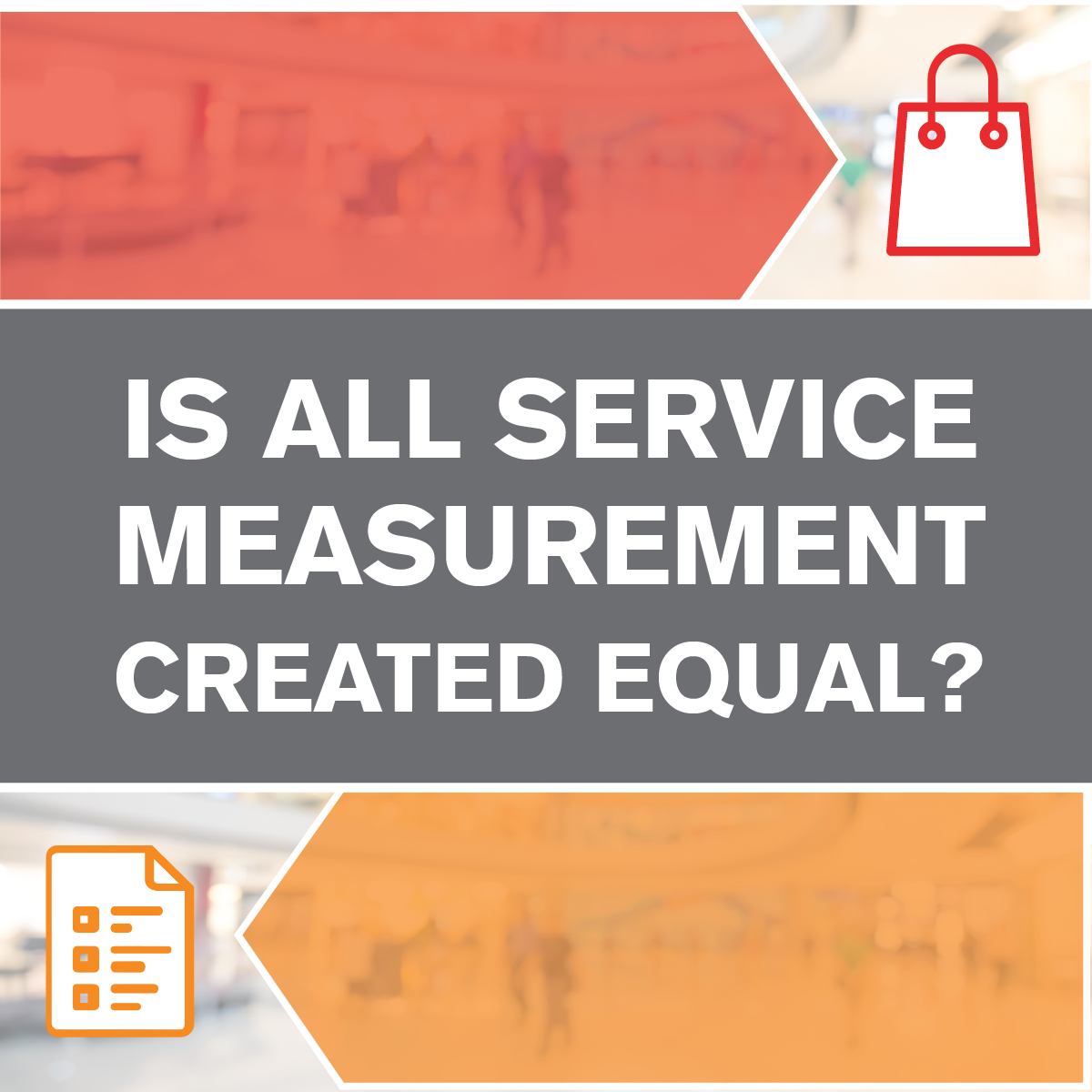Most organizations realize feedback is necessary when it comes to understanding customer’s needs and wants. This data becomes an integral part of continually improving and growing any business. Finding the right service measurement strategy for your business will not only improve your customer’s experience, but your bottom line as well.
Experts estimate that most US companies spend about 3% of their total revenue on customer satisfaction measurement. Understanding your customer’s demographic, expectation, motivation, and desire is the foundation for building a better customer experience, thus creating loyalty and ultimately increasing profitability. But what is the most strategic and efficient way to acquire the necessary information needed to improve your service culture?
Your customers have a direct path to the knowledge you seek, so begin with them. Developing a strategic customer survey enables you to reach out to the general population of your customer base via various methods (online, POS, social media, and intercept surveys) and receive real-time feedback in targeted areas of the customer experience. The goal of any customer satisfaction survey is to determine what matters most to customers. How do their perceptions of their experience drive loyalty, referral, and sales?
Customer satisfaction surveys help you discover how your customers feel about your brand as well as gauge their satisfaction in specific areas of their experience. But results can be skewed, not consistent, and not detailed enough to target specific areas of concern, resulting in data that’s difficult to translate into an actionable plan. Most customers willingly share only negative reports, leaving behind all the standards that are being successfully met. How can you shed light on all areas of the customer experience to ensure your data not only reflects your customer’s feelings, but also provides measurable results of established standards?
Mystery shopping data reveals how well your employees meet company standards and behaviors in measurable areas. Mystery shops allow the measurement of specific, observable behaviors and attributes that create customer perceptions. Mystery shoppers objectively assess very specific behaviors, as opposed to perceptions, within each part of the customer journey. When used effectively, a mystery shopping program can reveal the level of consistency in experience across all stores, increase conversion, encourage repeat business, and raise UPTs, as well as validate perceptions revealed through customer satisfaction surveys.
- Customer satisfaction data views the organization; mystery shopping data views the how well service is delivered at the frontline.
- Customer satisfaction relays customer feelings and perceptions; mystery shopping measures performance compared to standards.
- Customer satisfaction studies inform strategy; mystery shopping studies inform tactics and measure training effectiveness.
Mystery shopping and customer satisfaction survey data are most effective when integrated into a blended measurement model. The two ideally should be combined to get the most value from each, driving high customer satisfaction levels and increased profitability. Combining customer satisfaction data with mystery shopping data can provide a very thorough picture and understanding of where investments need to be made through specific customer touchpoints.
Customer satisfaction data prioritizes what key touchpoints matter to customers. Mystery shopping data identifies the behaviors that create customer perceptions. If customer feedback reveals the “what,” mystery shopping shows you the “why.” Together, the results and insights from both programs will not only give you a more complete picture of the customer experience, but also provide a descriptive action plan to improve your overall service culture and ultimately your bottom line.

Customer Satisfaction Data
- Response rates can vary from 10-15% on average
- Provides an overview of customer’s feelings and perceptions
- Results are often not detailed enough to provide actionable results
- Often only represents negative findings
- Results reflect personal opinions
- 66% of customers prefer to give feedback by actively reaching out directly to the company
- Customers spend no more than three minutes on surveys, with over half quitting before the end
- Uncovers customer opinions, or the “voice of the customer”, regarding impressions of employees, products and services, and locations.
- Gives your customers a voice, which builds trust in your brand
- Provides an opportunity for benchmarking and tracking progress through strategically timed surveys
- Identifies those aspects of the experience that drive customer satisfaction
- Uncovers sources of both satisfaction and dissatisfaction in the following areas:
- Expectations vs. perception
- Likelihood to recommend the store to friends
- Repeat purchase intentions
- Subjective opinion on the full customer experience
- Results can be used to revise mystery shopping standards
- Identifies the sources of satisfaction and dissatisfaction about your in-store experience straight from your customers
Mystery Shopping Data
- Provides a measurement of established behavioral and operational standards
- Information can be immediately processed and developed as a performance tool for employees
- Provides empowerment for employees and opportunities for reward and recognition
- Improves operational performance and maximizes sales
- Specifically identifies areas where further training or a change in procedures can be made
- Improves brand compliance and performance, differentiating your brand from competitors
- Allows you an inside perspective to employee performance
- Provides an objective point of view of entire customer journey
- Measures the actual delivery of key customer experience areas
- Identifies specific behaviors that drive customer perceptions
- Ensures that every location is meeting company-wide standards while identifying strengths and weaknesses in defined areas






